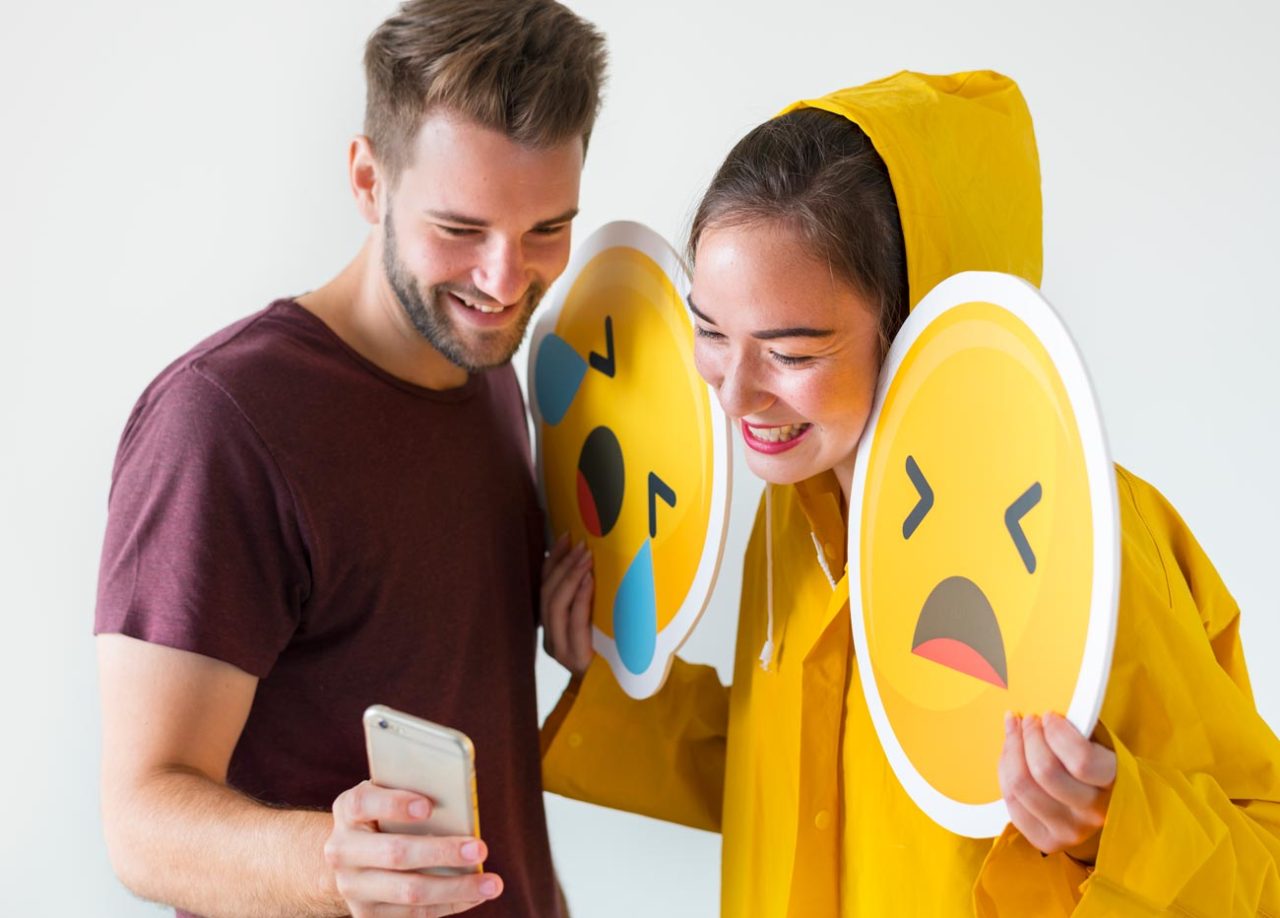By Brett Thomas, Owner of Jambalaya Marketing, New Orleans, LA
Let’s get one thing straight: people do not make decisions based purely on logic. If they did, nobody would ever order a second dessert, buy a $30 candle, or own more pairs of sneakers than they have feet.
The truth is, humans are emotional creatures. Every day, people make decisions with their hearts first and their heads somewhere way back in second place, wearing a “participation award” ribbon. And that, my friends, is exactly why emotional advertising works — everywhere, on every channel, for every kind of brand.
Whether it’s a 30-second radio spot, a video ad on Facebook, or a billboard staring down I-10 traffic, the goal is the same: make people feel something. Because once someone feels something, they start paying attention. And attention, in today’s world, is the currency every business is fighting for.
Why Emotions Beat Logic Every Time
People like to believe they are rational decision-makers. (People also like to believe they can fix their own plumbing after watching a two-minute YouTube video, but that’s another story.) The reality is, emotions are running the show.
When an ad taps into pride, nostalgia, excitement, hope, or even a little bit of good old-fashioned FOMO (Fear of Missing Out), it sticks. Emotions create memories. Memories create loyalty. Loyalty creates that magical thing businesses call “repeat customers” — and repeat customers are a lot easier to deal with than chasing down new ones every day like it’s a game of marketing Whack-a-Mole.
It’s Not About Being Sappy
Now, don’t get it twisted. Emotional advertising doesn’t mean pulling out the tiny violins and trying to make everybody cry at their desks. (Although, let’s be honest, a well-timed puppy video has derailed plenty of workdays.)
It’s about connecting. It’s about understanding what makes people tick — and then speaking directly to that part of them. Sometimes that means heartfelt storytelling. Sometimes that means humor. Sometimes it’s about reminding someone how good it feels to win, succeed, belong, or just breathe a little easier.
The key is authenticity. People can smell fake emotion from a mile away. (And once they smell it, they’ll run faster than tourists spotting their first New Orleans summer cockroach.)
Emotional Advertising Works Everywhere
Think emotional ads only belong on TV? Think again. Emotional marketing works across all channels, from digital ads to billboards to social media posts.
- Social Media: Strong emotional content gets shared faster than gossip at a family reunion.
- Radio and Podcasts: A heartfelt or hilarious story told over audio can create mental pictures stronger than any video.
- Email Marketing: A well-written email that makes someone laugh, cry, or think can beat even the flashiest graphics.
- Billboards: One emotional punchline, seven words or less? That’s magic on the highway.
- Websites: Welcoming someone emotionally through good copy and visuals increases time on page and, eventually, conversions.
Every channel is a stage. And every stage needs a good story.
Different Emotions, Different Results
Depending on the brand and the audience, different emotions are better suited for different goals.
- Joy and excitement drive shares and engagement.
- Fear and urgency move people to act quickly (hello, limited-time offers).
- Nostalgia builds deep, long-term brand love.
- Belonging helps create loyal communities around brands.
Picking the right emotional tone is kind of like seasoning gumbo: too little and it’s bland, too much and people start sweating. Get it just right, though, and everybody’s coming back for seconds.
How to Pull It Off Without Being Weird
Look, emotional advertising sounds great in theory, but there’s a fine line between making people feel something and making people cringe so hard they delete their browser history.
The trick? Be human. Know the audience. Talk about real things that matter to real people. Celebrate victories. Acknowledge struggles. Tell stories that feel true — because they are.
And don’t be afraid to show a sense of humor. Life is messy and funny and unpredictable. When brands are willing to laugh along with everyone else, it makes them feel a whole lot more relatable (and a whole lot less like a corporate monolith trying to be “cool” on TikTok).
Final Thought: Feelings First, Sales Later
At the end of the day, emotional advertising works because it respects the truth: humans are wired to feel before they think. Logic is a slow-moving freight train. Emotions are a turbo-charged sports car doing donuts in the parking lot.
Brands that tap into that — authentically, consistently, and across all channels — don’t just sell products. They build communities, spark loyalty, and create real, lasting relationships.
So the next time it’s time to create an ad, skip the bullet-point list of features. Lead with a feeling. Tell a story. Make someone smile. Make someone remember.
Because long after the facts fade away, the way something made someone feel sticks around. And if that’s not worth aiming for in every single campaign, I don’t know what is.



